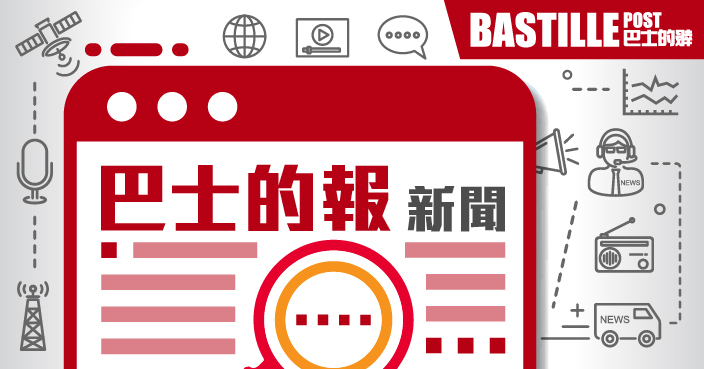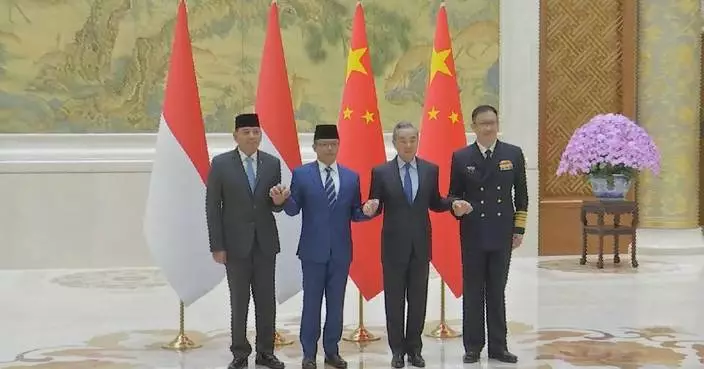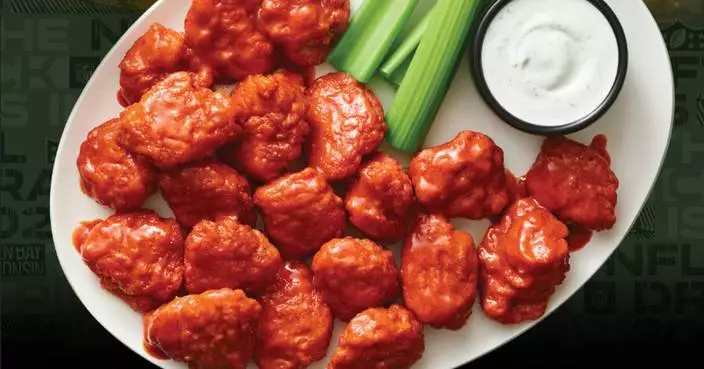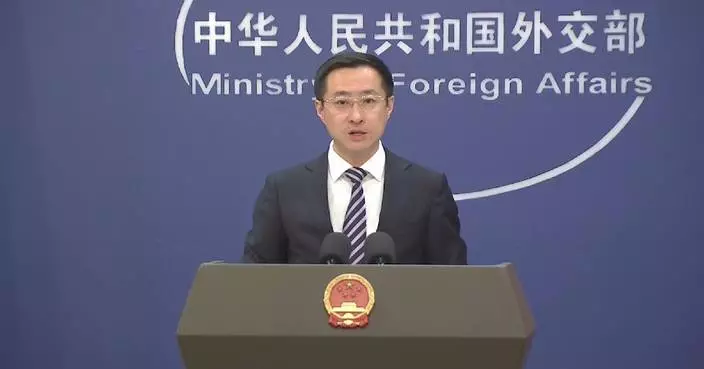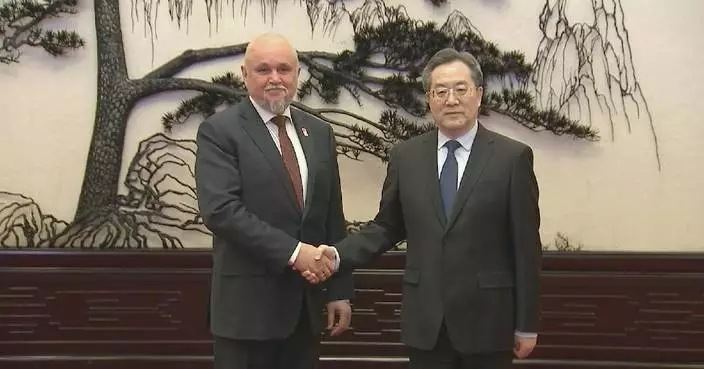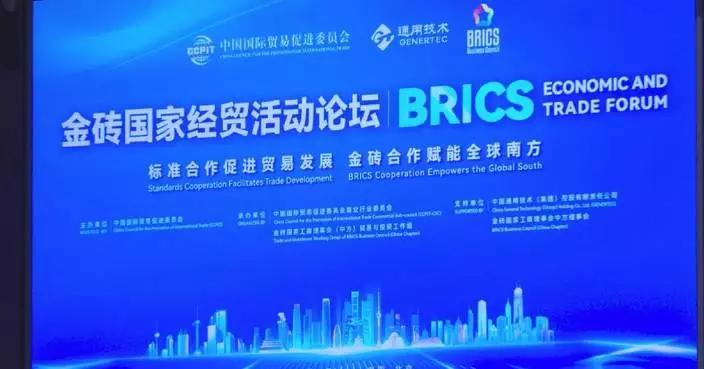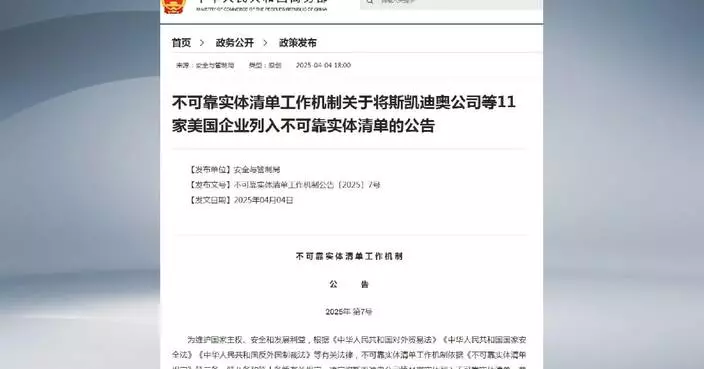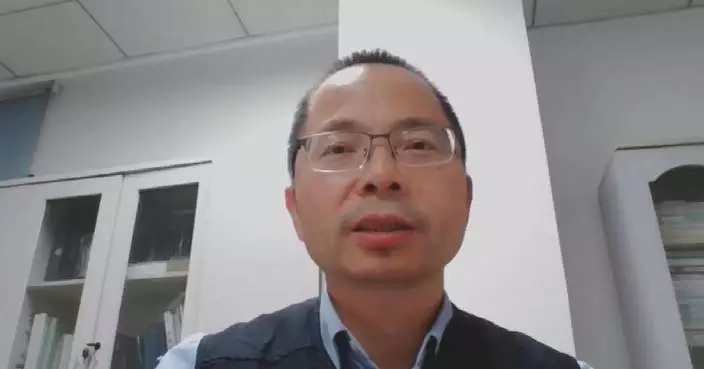As early as Trump's first term when he launched tariff wars, numerous American media outlets drew parallels between him and Herbert Hoover, the 31st U.S. President.
CCTV News observed how Americans once "memorialized" Hoover: they called cardboard shantytowns "Hoovervilles," labeled newspapers used as blankets by the homeless "Hoover blankets," and dubbed wild rabbits hunted for food "Hoover hogs." Ironically, this president’s name became synonymous with all the hardships endured by Americans during the Great Depression.
History appears to be repeating itself. As Trump once again wields tariff as a weapon, has he considered: What forms of American suffering will "Trump" be dubbed by the people in the street tomorrow?
In the summer of 1929, anxiety permeated America. The stock market crash’s aftershocks lingered, farmers watched crops rot in warehouses, and rural communities decried "foreign competition destroying our markets." Senators Reed Smoot and Willis Hawley stood before Congress, championing a blunt solution: "Raise tariffs, block foreign goods, revive American industry! Save the economy!"
Does this rhetoric sound familiar?
By April 1930, the Smoot-Hawley Tariff Act had cleared both chambers of Congress and landed on Hoover’s desk. As Trump’s Republican predecessor prepared to sign, 1,028 economists signed a petition urging veto. Yet bound by campaign promises to "protect farmers" and congressional pressure, Hoover inked the bill.
The result? Over 20,000 imported goods faced record-high tariffs. Eggs, cheese, steel, auto parts—even tombstones—were taxed mercilessly.
The consequences unfolded catastrophically:
Unemployment Surge: From 1930 to 1933, U.S. unemployment rocketed from 8.7% to 24.9%—one in four Americans jobless.
Manufacturing Collapse: Auto sales plunged from 5.3 million in 1929 to 1.3 million by 1932. Ford Motors slashed nearly 70% of its workforce, while steel industry capacity utilization halved.
Financial System Implosion: 20% of U.S. banks collapsed between 1930–1933. Soaring tariffs crippled global trade, crashed agricultural output, and spiked bad loans, deepening the Depression.
Global Trade War: Nations retaliated with tit-for-tat tariffs. By 1934, world trade had shrunk 66%, with U.S. exports nosediving 69% and imports plummeting 72%. America’s share of global trade dropped from 13.8% to 9.9%.
Hoover’s name became a curse. Even fellow Republican Ronald Reagan later condemned Smoot-Hawley, stating, "Its legacy was economic ruin". The bill’s sponsors, Smoot and Hawley, were ousted from Congress, while Hoover lost re-election in a landslide to Franklin D. Roosevelt.
Trump’s admiration for "Tariff King" William McKinley is well-documented. Yet few note McKinley’s late-career pivot: a day before his assassination, he declared, "The period of exclusiveness is past. Reciprocity treaties are in harmony with the spirit of the times; measures of retaliation are not."
Hoover failed to heed McKinley’s belated wisdom, cementing his name as shorthand for despair. Now, Trump’s revived tariff crusade risks etching "Trump" into economic infamy. China’s adage warns: "Take history as a mirror." As time goes, will Trump’s policies "Make America Great Again", or become another chapter of self-inflicted disaster scorned by the people?
Deep Throat
** The blog article is the sole responsibility of the author and does not represent the position of our company. **
The global tariff war ignited by Donald Trump has drawn China’s strongest counter measures . Though China is a surplus economy and the US a deficit one, Beijing’s arsenal of strategic advantages—including diversified export markets, massive holdings of US Treasury bonds, control over critical minerals, and institutional resilience in crises—bolsters its ability to resist American coercion.
On April 15, the Financial Times (UK) analyzed that China’s leverage in the trade war stems from its ability to diversify import sources more easily than the US. Over 15% of China’s total exports flow to the US, yet economists note that China’s imports from America are concentrated in low-value-added agricultural products like soybeans, cotton, beef, and poultry. In contrast, US imports from China—such as electronics, machinery, and processed minerals—are harder to replace.
Marta Bengoa, Professor of International Economics at the City University of New York, stated that while mutual dependency remains high, the US is more vulnerable: “China can source agricultural goods elsewhere far more easily than the US can replace Chinese electronics and machinery.”
Julian Evans-Pritchard, Chief China Economist at Capital Economics, told the Financial Times that market reactions indicate greater pressure on Washington: “The US faces stronger incentives to return to negotiations.”
Since Trump’s first-term tariffs on steel, aluminum, solar panels, and washing machines (2018–2019), China has reduced reliance on US consumer exports. US government data shows China’s share of US imports fell from 21% in 2016 to 13.4% last year. Meanwhile, Chinese manufacturers have shifted production to Southeast Asian nations like Vietnam and Cambodia, leveraging cheaper labor and evading US tariffs. Exports to Vietnam surged 17% in March 2024.
Vietnam, now facing a 124 billion trade surplus with the US, risks a 46 percent “reciprocal tariff “, although it has been suspended for 90 days.
Alicia García Herrero, Chief Economist for Asia-Pacific at French investment bank Natixis and Senior Research Fellow at Bruegel, stated that the suspension “provides some breathing room,” but even if Chinese exports were strictly halted, it would not inflict catastrophic damage on China’s massive economy. Last year, China’s GDP grew by 5%, with 1.5 percentage points attributable to its nearly $1 trillion global trade surplus. “China is a large, resilient economy,” she emphasized.
Bloomberg (US) reported on April 14 that the US, as a consumption-driven economy, harms itself by taxing Chinese goods. Consumers—often overlooked but politically influential—could weaken Trump’s negotiating position. While deficit economies traditionally hold an edge in trade disputes, US reliance on “Made-in-China” goods which is often produced by US firms in China complicates this.
Tariff exemptions for smartphones, laptops, and memory chips highlight this interdependence. Apple, reliant on Chinese production, cannot withstand 145% tariffs.
The Financial Times noted that China’s vast US Treasury holdings—if sold—could destabilize markets, raise concerns about US asset appeal, and accelerate dollar depreciation, increasing import costs. Trump’s April 9 decision to suspend “reciprocal tariffs” for 90 days (retaining a 10% “baseline tariff”) may reflect fears of a Treasury selloff. Reuters reported surging US bond yields last week—the sharpest rise since COVID-19—as investors speculated that China and other reserve managers are reassessing their holdings.
China controls over two-thirds of global rare earth production and 90% of processing capacity—critical for electric vehicle batteries. Despite Trump’s exemptions for key minerals, supply chain risks persist. China’s recent export controls on seven heavy rare earths signal readiness to deploy “new economic weapons,” per analysts Evan Medeiros and Andrew Polk.
Bloomberg observed that Beijing’s calibrated countermeasures—combining tariff retaliation with principled negotiation—demonstrate resolve. On April 10, China’s Commerce Ministry spokesperson reiterated: “Talks are welcome, but only on equal terms. If the US chooses confrontation, China will respond in kind. Pressure and threats are not the way to deal with China.”
